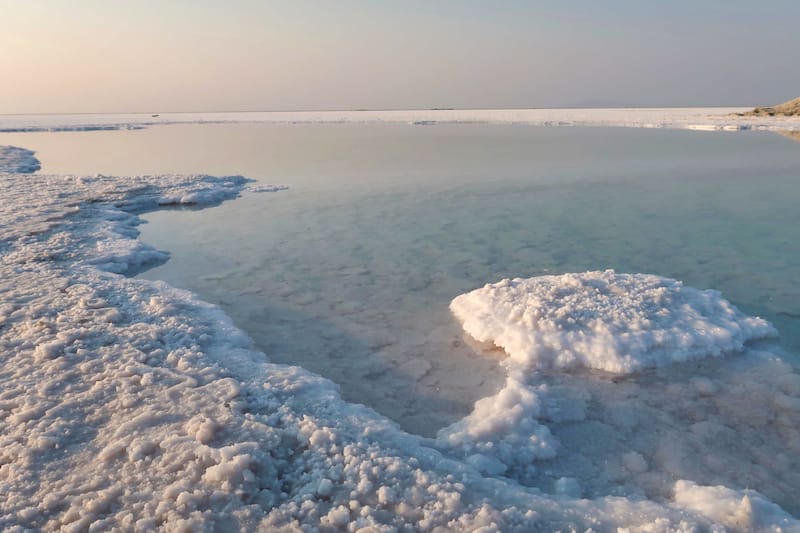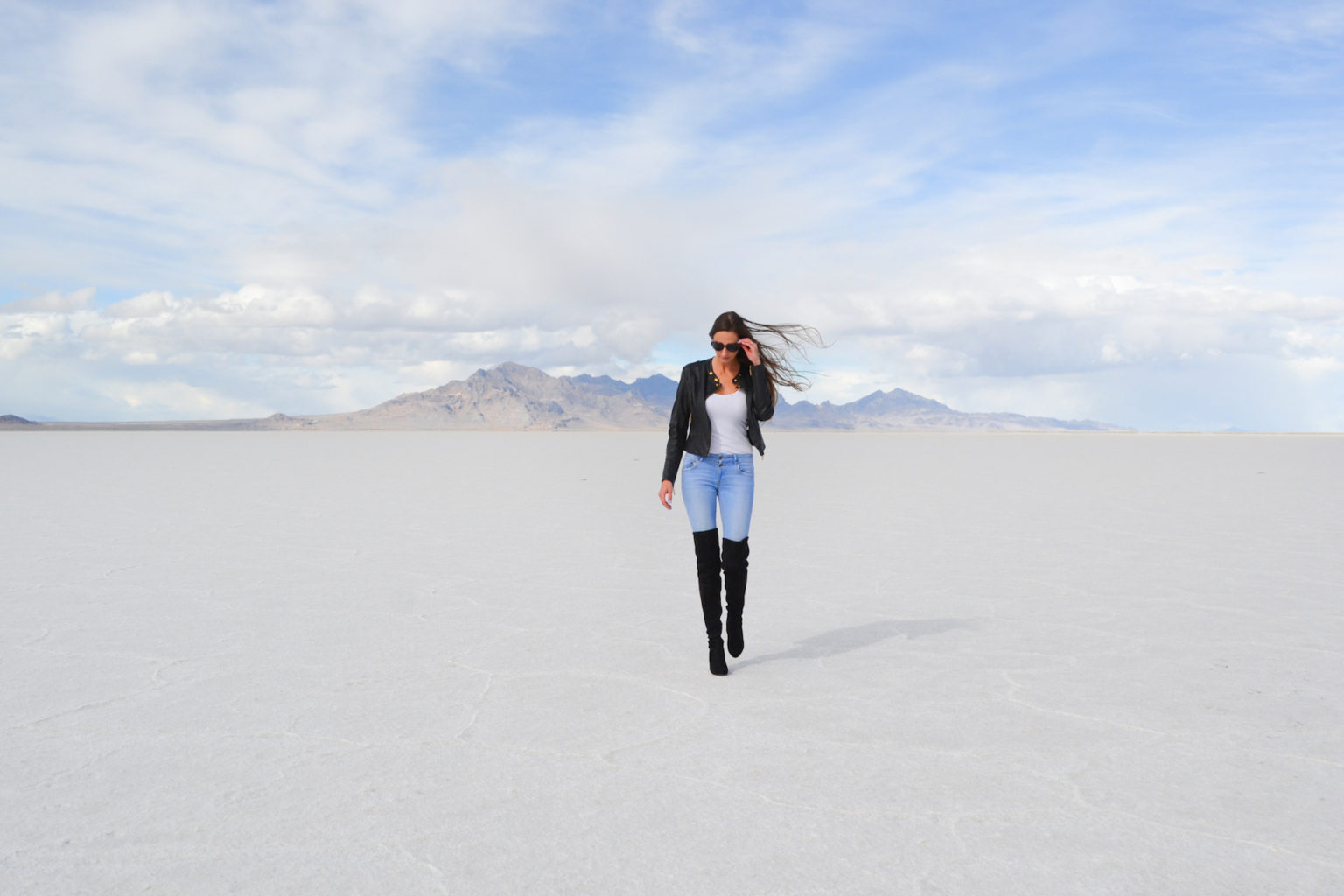

Ab Jenkins set records on the flats in the 1930s in a car called The Mormon Meteor. The first racing may have taken place as early as 1914. Some years it rains in the summer, which is good for the salt but bad for that particular race week. Over the last hundred years or so the Bonneville Salt Flats have mostly dried up and left a hard surface miles and miles long that is just perfect for flooring the throttle and seeing what your race car can really do. But in “modern times,” the lake remnants became what is now known as Great Salt Lake, the one by Salt Lake City, and the Bonneville Salt Flats a hundred miles west of that. Since the great draining of Lake Bonneville those tens of thousands of years ago, the remnants of the once-great lake literally ebbed and flowed. Bad if you were an ancient dino-shark eating as many fish as you felt like eating all day long only to find yourself in what would become an Idaho potato field (oh, how the mighty always fall!), but good if you were a land speed racer. Then, 16,800 years ago-geologists are very precise on this-something let loose and almost all of Lake Bonneville drained out into what is now southern Idaho. If you look up at the mountains surrounding what are now the Bonneville Salt Flats, home of the greatest land speed racing the world has ever known, you can still see ancient shorelines hundreds of feet above the burning white flatness.

In pre-historic, pre-human, and pre-Bonneville Speed Week times, there was a body of water in western Utah known as Lake Bonneville. You can’t blame everything on potash mining. Today, however, the salt on the flats is a fraction of the thickness it was at its peak, as factors including nearby potash mining have threatened its viability.For close to a hundred years, racers have used the concrete-hard flats for land speed record runs, its miles and miles of expanse allowing for vehicles to reach upwards of 600 mph.Thousands of years ago, a giant body of salty water called Lake Bonneville covered much of the state of Utah, the remnants of which make up the Great Salt Lake as well as the Bonneville Salt Flats.


 0 kommentar(er)
0 kommentar(er)
